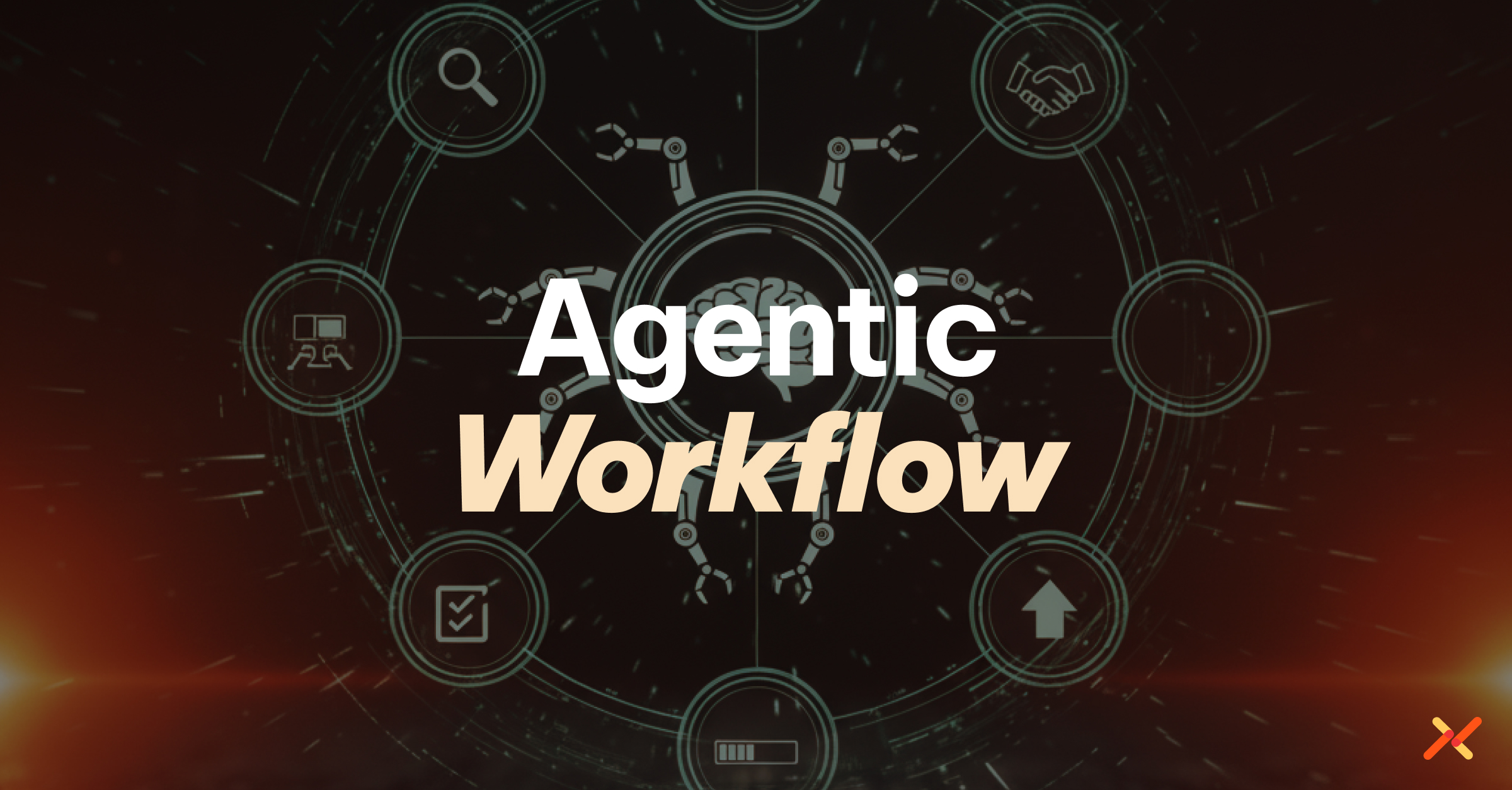An agentic workflow is an automated, goal-driven process executed by AI agents that can independently plan, make decisions, and act across multiple systems to complete complex tasks. Unlike traditional automation scripts, agentic workflows operate with adaptive reasoning, deciding how to achieve outcomes based on context and available tools.
How It Manifests Technically
Agentic workflows typically combine orchestration logic with autonomous decision-making. In practice:
- AI agents or services coordinate multi-step operations using APIs, tools, and data sources.
- Each agent authenticates to systems, retrieves information, evaluates responses, and takes next actions.
- Frameworks such as the Model Context Protocol (MCP) enable structured, context-aware communication between agents and external tools.
- These workflows may span multiple identity domains, cloud APIs, internal databases, or SaaS integrations, requiring secure, verifiable authentication for each step.
Why This Matters for Modern Enterprises
Agentic workflows accelerate productivity by enabling autonomous systems to perform operational, analytical, and even creative tasks without direct human input. For enterprises adopting AI-driven automation:
- They enable continuous operations that respond dynamically to new data.
- They reduce manual intervention across DevOps, security, and analytics pipelines.
- However, the same autonomy introduces identity, access, and governance risks: every agent and workflow action must be tied to a verifiable, accountable identity to prevent misuse or data leakage.
Common Challenges with Agentic Workflows
- Identity verification gaps: Ensuring that each autonomous agent within a workflow has a trusted, attested identity, especially when agents chain across domains.
- Credential sprawl: Managing the tokens, API keys, or credentials that agents need to access systems securely.
- Unbounded execution: Without clear policy limits, agents may exceed intended scopes or trigger unintended actions.
- Lack of observability: Enterprises often struggle to trace which agent performed which action, when, and under what conditions.
- Policy enforcement complexity: Dynamic, multi-agent workflows challenge traditional access control models designed for static applications.
How Aembit Helps
Aembit secures agentic workflows by managing workload and agent identities at runtime.
- It verifies each agent’s identity using attestation and federated trust providers before any action occurs.
- It issues short-lived, scoped credentials or enables secretless authentication to APIs and data sources.
- Policies define which agents can access which systems under what posture or context, ensuring least privilege and accountability.
- Every agent-to-tool interaction is logged for full auditability and compliance.
In short: Aembit brings identity, access control, and governance to autonomous AI workflows, eliminating the credential risk while maintaining operational speed.
Related Reading
FAQ
You Have Questions?
We Have Answers.
How is an agentic workflow different from traditional automation or RPA?
Traditional automation follows fixed scripts or rules. Agentic workflows use reasoning and context-awareness to decide how to complete a goal dynamically. They can adapt to new data or system states without human intervention, making them more flexible but also requiring stronger identity and access controls.
What technologies or standards enable secure agentic workflows?
Standards like the Model Context Protocol (MCP) define structured communication between agents and tools, while frameworks such as SPIFFE/SPIRE provide workload identity attestation. Together, they make it possible for autonomous agents to authenticate, exchange context, and act securely across multiple environments.
How can organizations maintain governance over autonomous workflows?
Enterprises should apply workload IAM principles—treating every agent as a managed identity with scoped permissions and continuous monitoring. Centralized policy enforcement, posture checks, and detailed audit logs ensure that even autonomous processes remain accountable to compliance and security frameworks.
What does the future of agentic workflows look like?
Agentic workflows are evolving toward multi-agent ecosystems that can negotiate, collaborate, and self-optimize. As they mature, expect deeper integration with enterprise IAM systems, zero-trust architectures, and policy-driven orchestration layers that balance autonomy with verifiable control.

